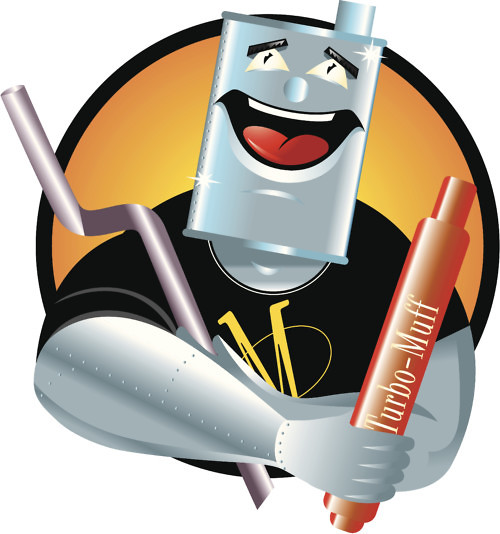Recently when I wrote a blog about Halloween costumes based on TV commercial characters, I realized that most of them were from insurance companies. In fact, there are quite a few mascots that represent insurance companies. There’s Flo from Progressive, Jake from State Farm, Mayhem from Allstate, the Aflac duck, and Geico has three: the gecko, Maxwell the pig, and, of course, the cavemen, who even inspired a short-lived TV show. Is it a coincidence that so many insurance companies use mascots, or is there an industry branding strategy behind these comical characters? Buying insurance is not high on most people’s list of fun things to do. Hearing a sales pitch about rates, deductibles and quotes is (yawn) a turnoff. But everyone needs insurance, so how do insurance companies get people to listen? Brand mascots resonate well with consumers because they are memorable and give the brand some personality.
In fact, there are many products and services that fall into a “less than exciting” industry category that use brand mascots to give them some personality. Our kids adhere to relatable characters in advertising like Tony the Tiger and the Kool-Aid man, while adults have Mr. Clean and the Energizer Bunny to help them choose cleaning supplies and batteries. They work, too. Michelin, for example, has had the Michelin Man mascot since 1898 and remains one of the top selling tire brands and largest tire manufacturers in the world. A well-designed character appears on everything from print ads to packaging.
Brand mascots have a much longer lifespan than other product campaigns. Famous ones like Ronald McDonald, the Pillsbury Doughboy, and Lucky the Leprechaun have all been around since the 1960’s. Snoopy and the Peanuts gang were the mascots for MetLife Insurance for over 30 years. But why would an insurance company choose a children’s cartoon character for their mascot when the target market is adults? When MetLife acquired the licensing rights to Peanuts in 1985, the insurance industry was viewed by the general public as cold and distant. In response, it appointed Snoopy as its brand mascot to make its image more family-friendly. Snoopy has been around since 1950 and Americans of all ages knew who he was when they saw him on the MetLife blimp at sporting events. He was already beloved by millions and appealed to everyone’s inner child.
Fun characters also create viral responses on social media. Audiences will interact online with a funny character that is essentially a spokesperson for a product. Studies show that mascots have a much higher percentage of followers and shares than competitors without mascots. Flo, for example, is the number one brand mascot on Facebook with over 4.5 million followers and averages more than 2,000 likes per post. Charmin had a 585% increase in shares for posts that featured its bears, and Mr. Clean gave his brand a 182% boost.
Mascots have also proven to be more effective and reliable than celebrity spokespeople. Celebrities have other career endeavors and cannot devote all their time to the brand. Plus, their marquee value may dissipate, they could be part of a scandal or pass away. Characters, however, are timeless.

